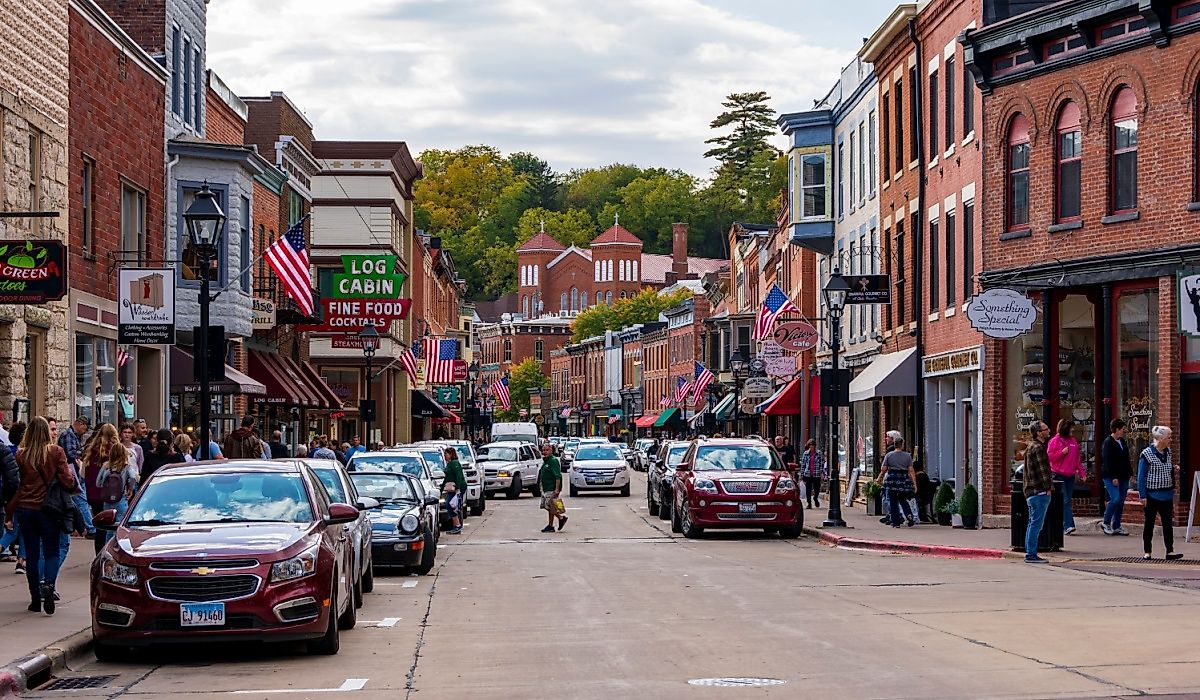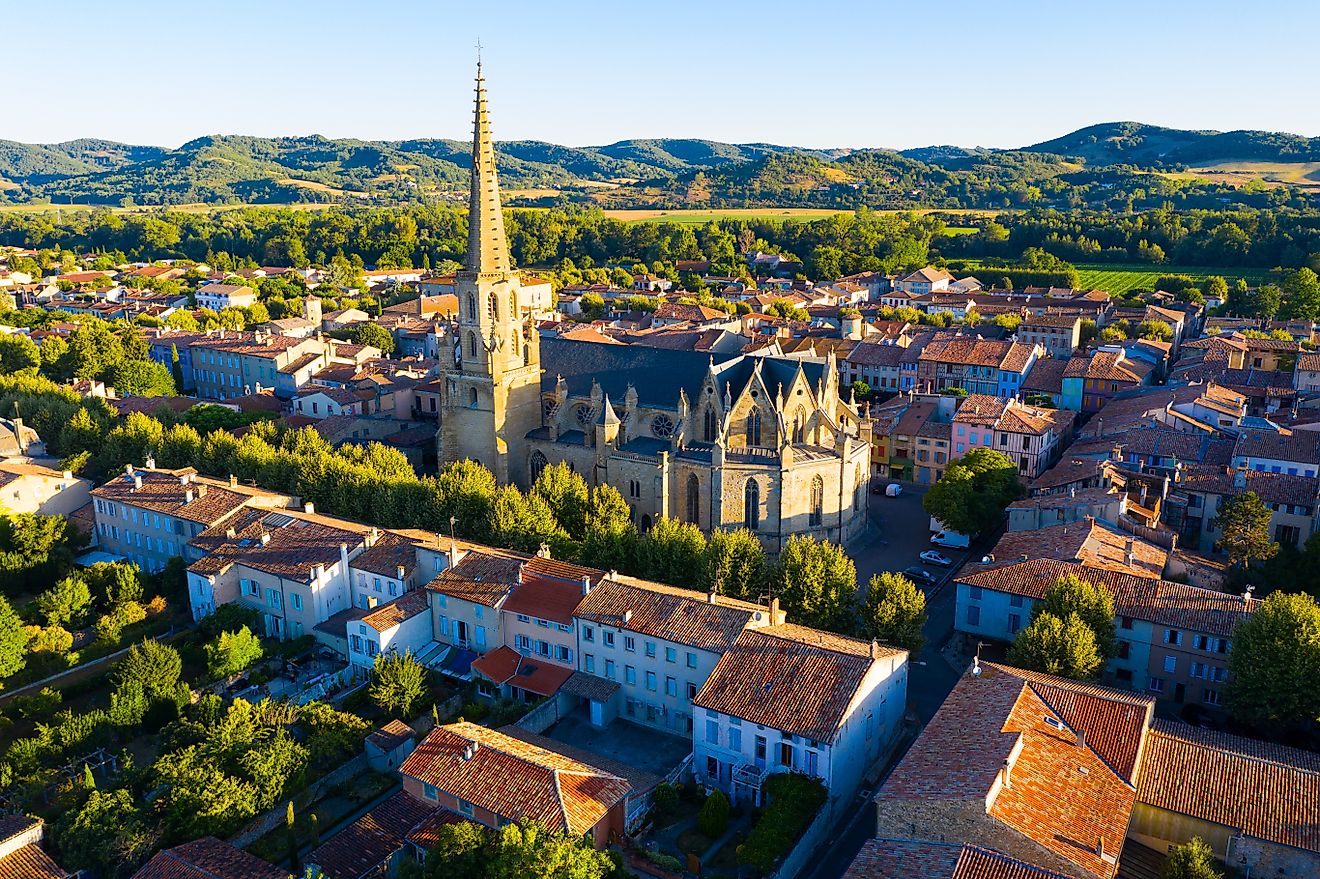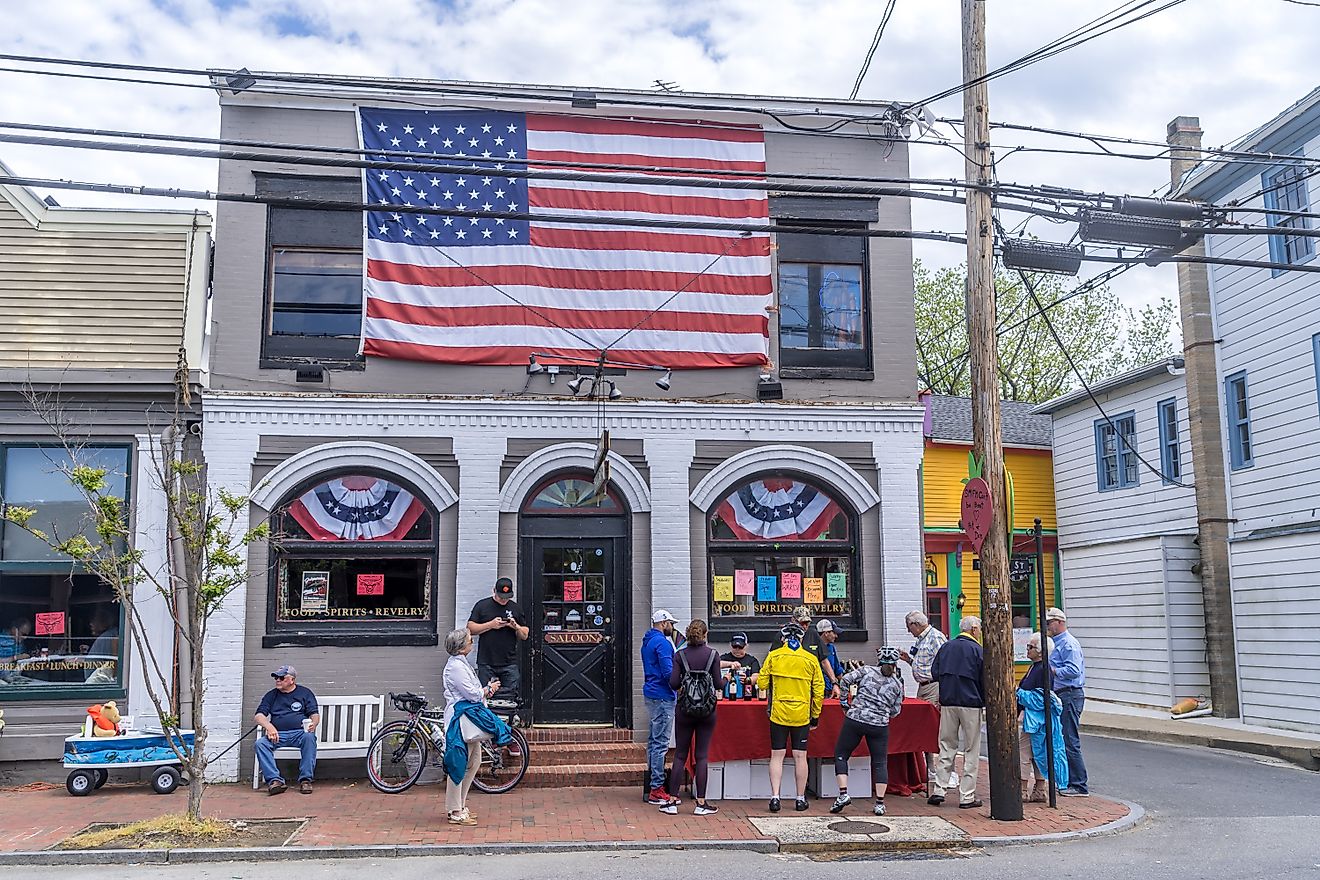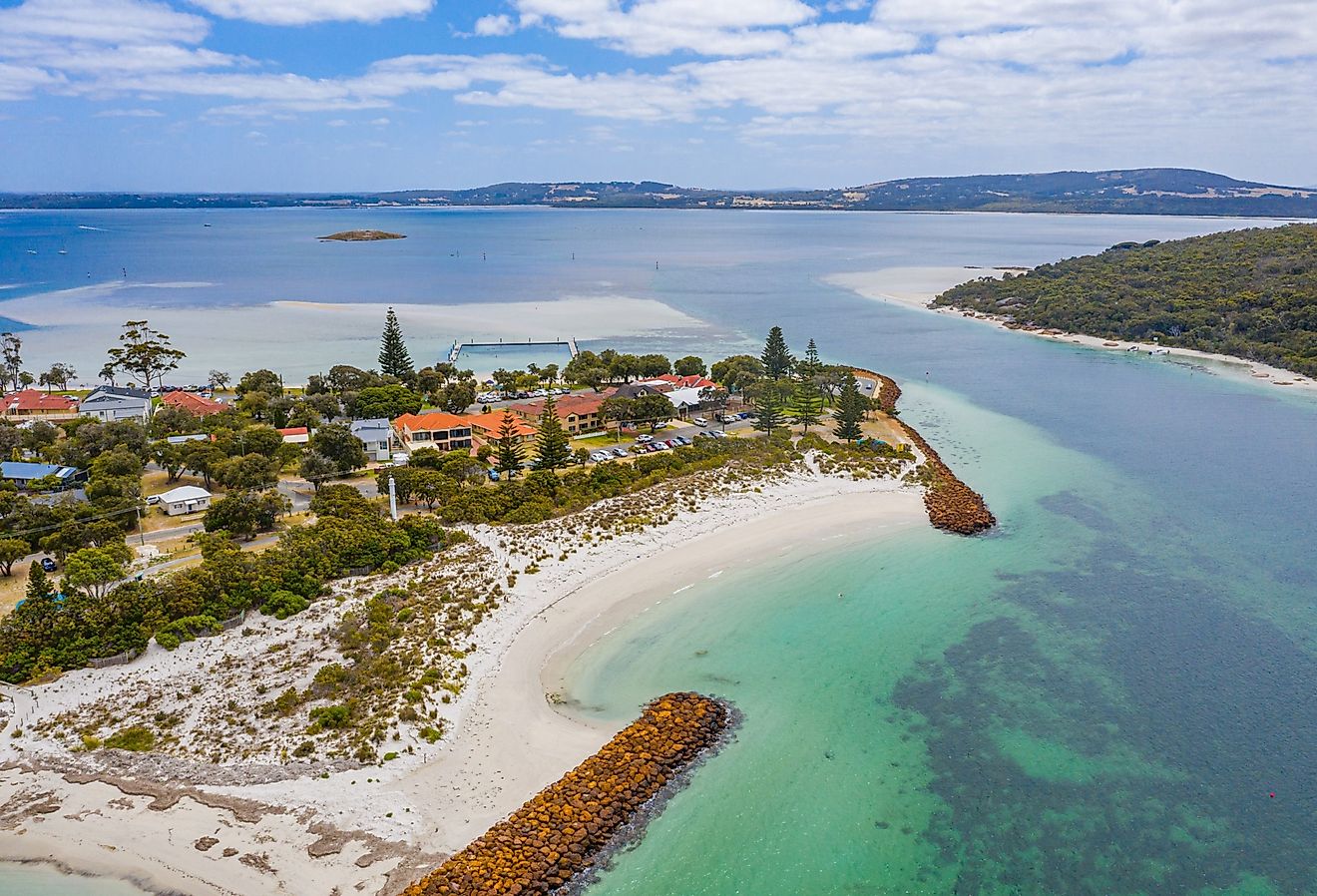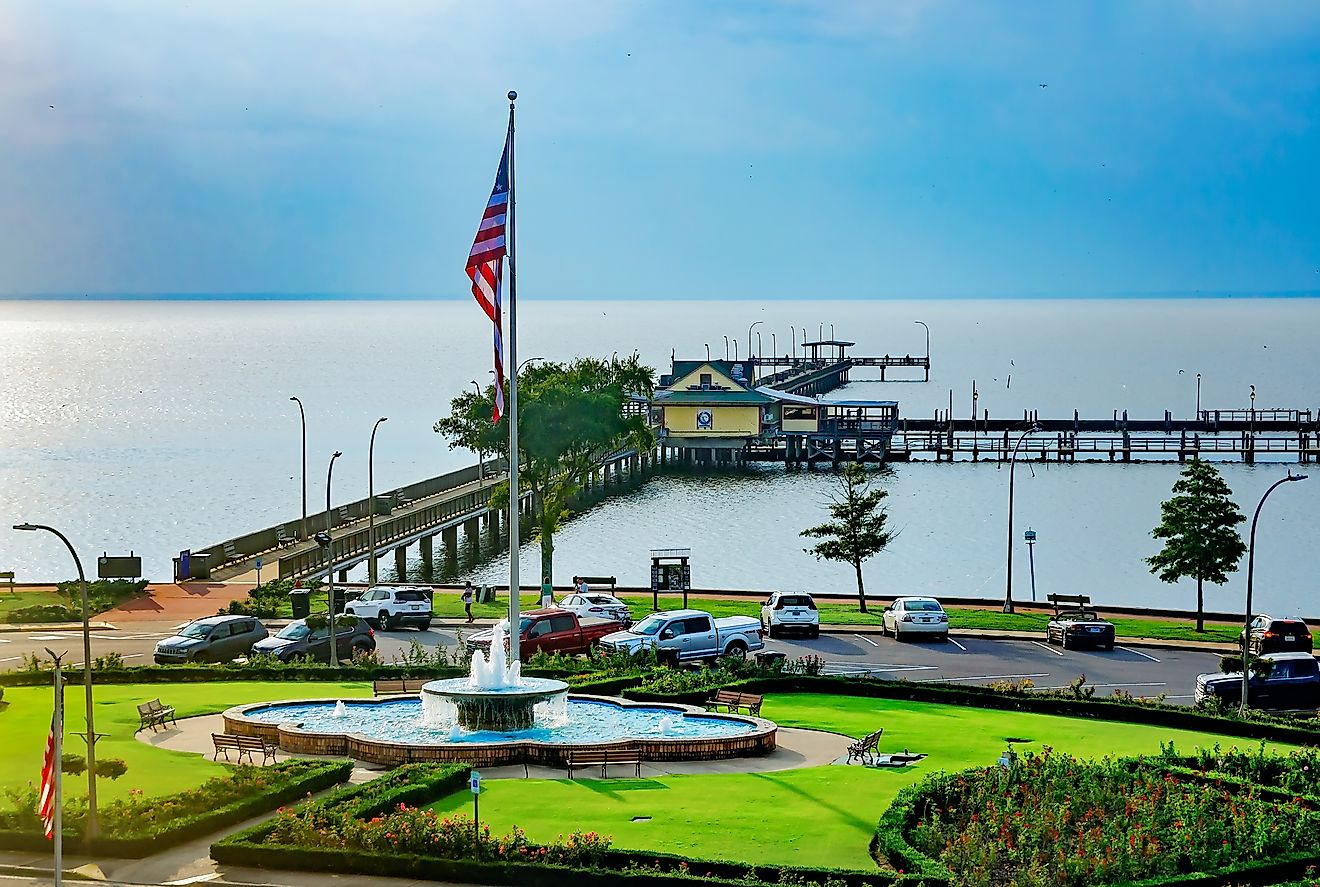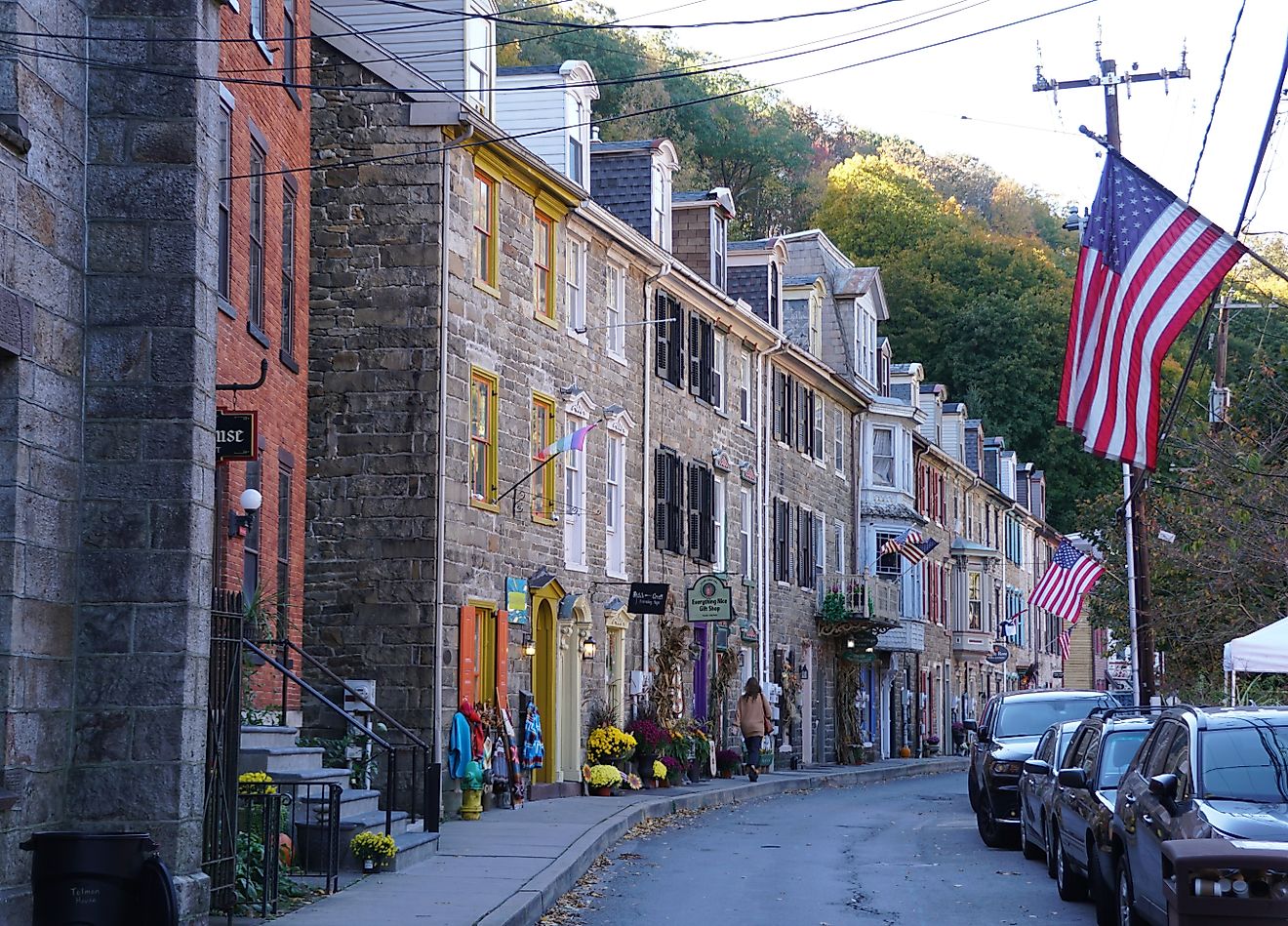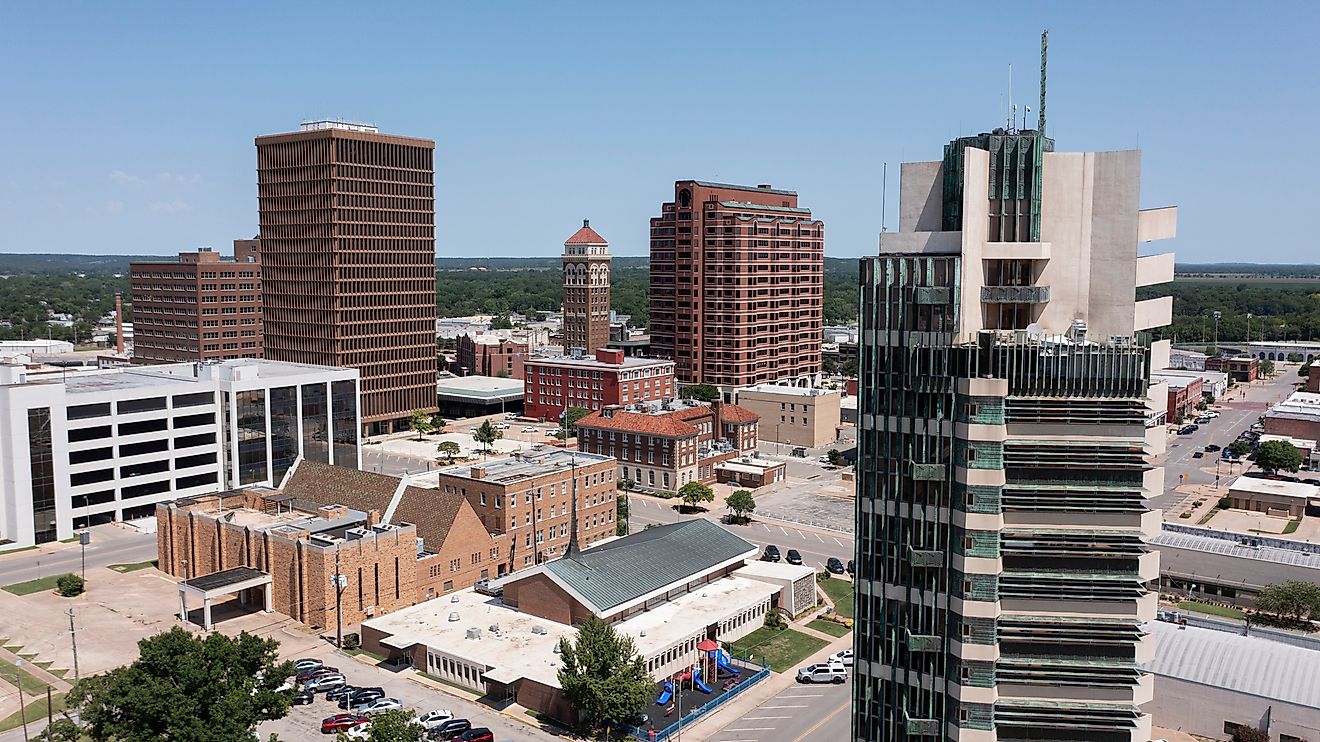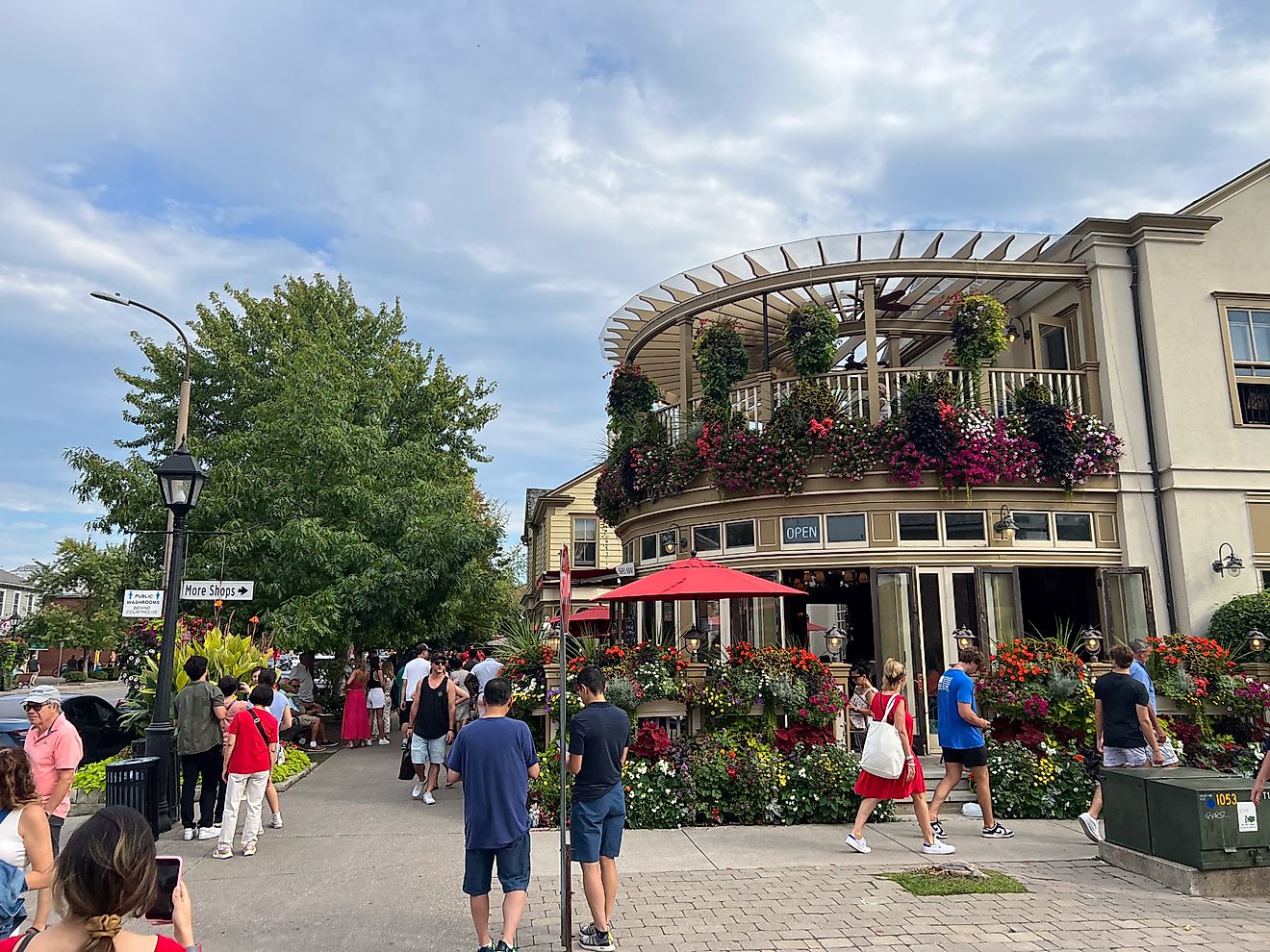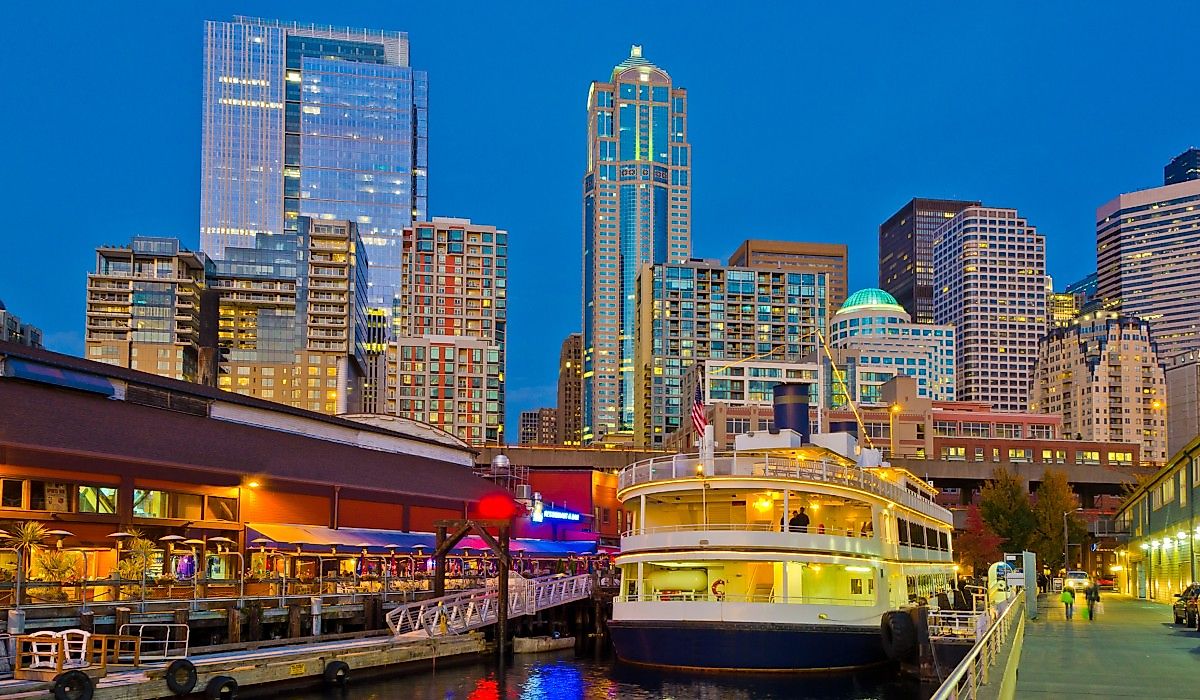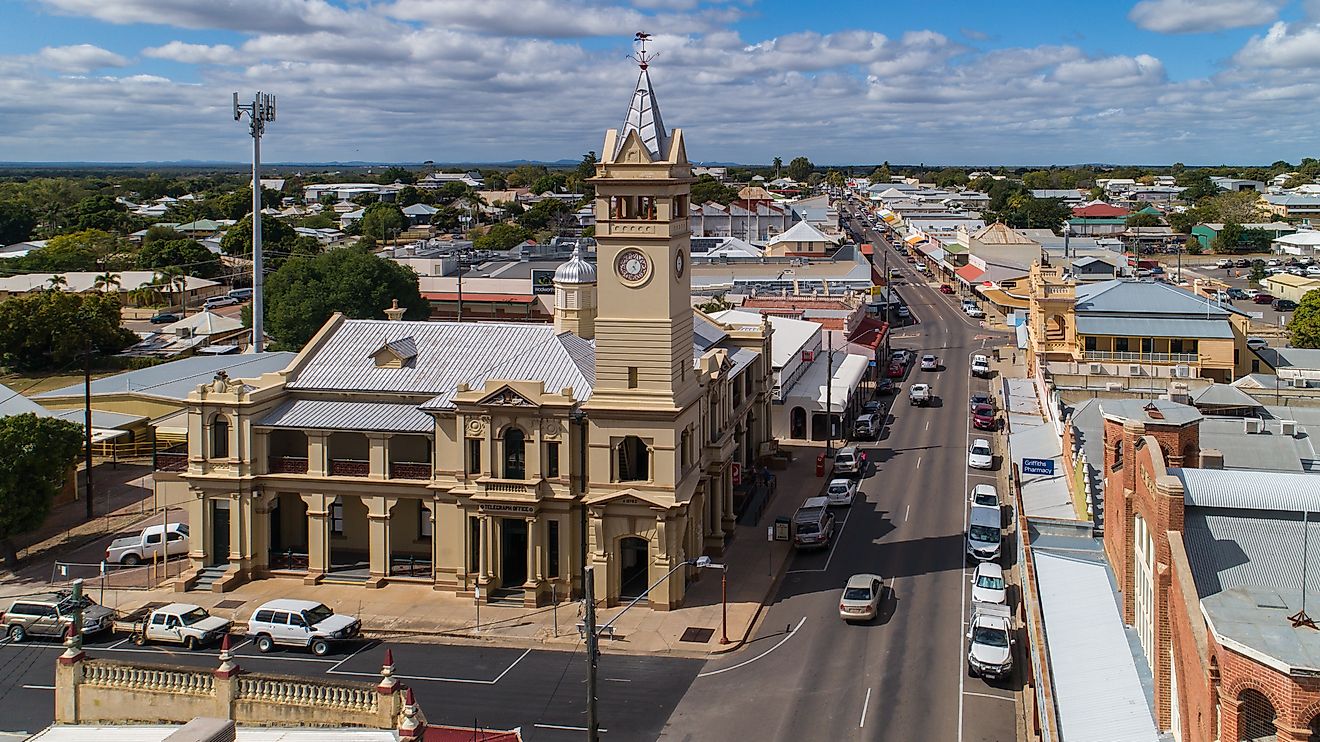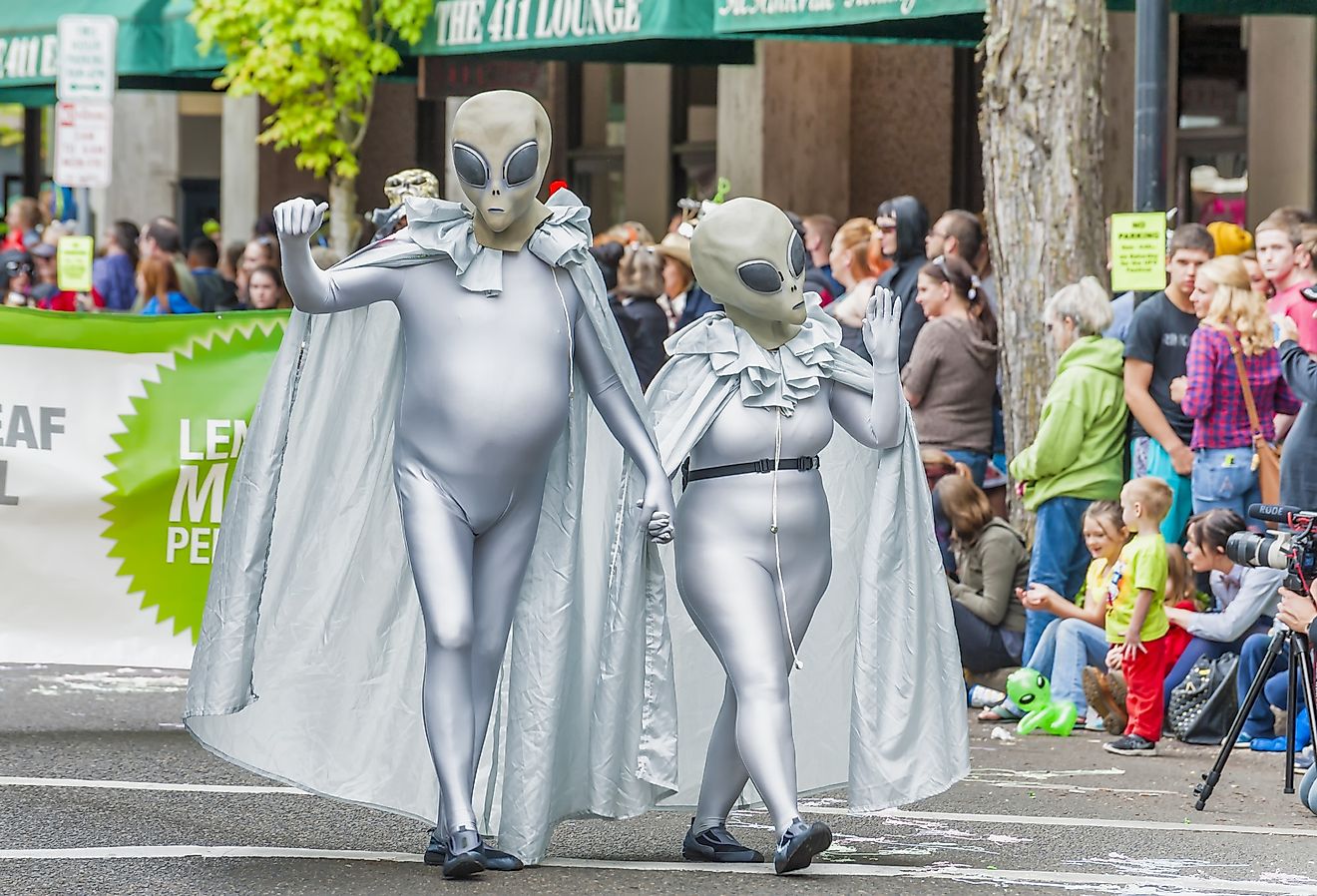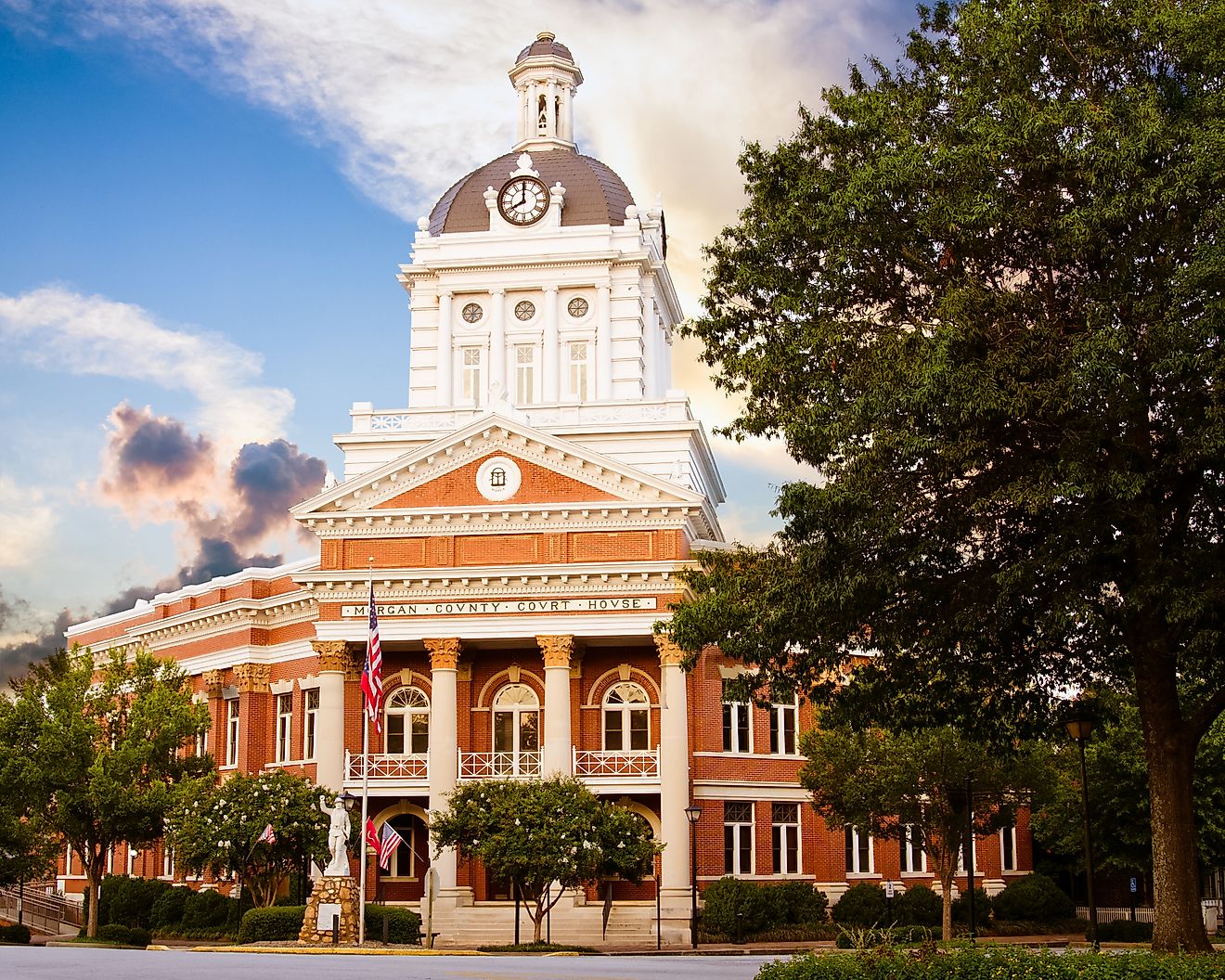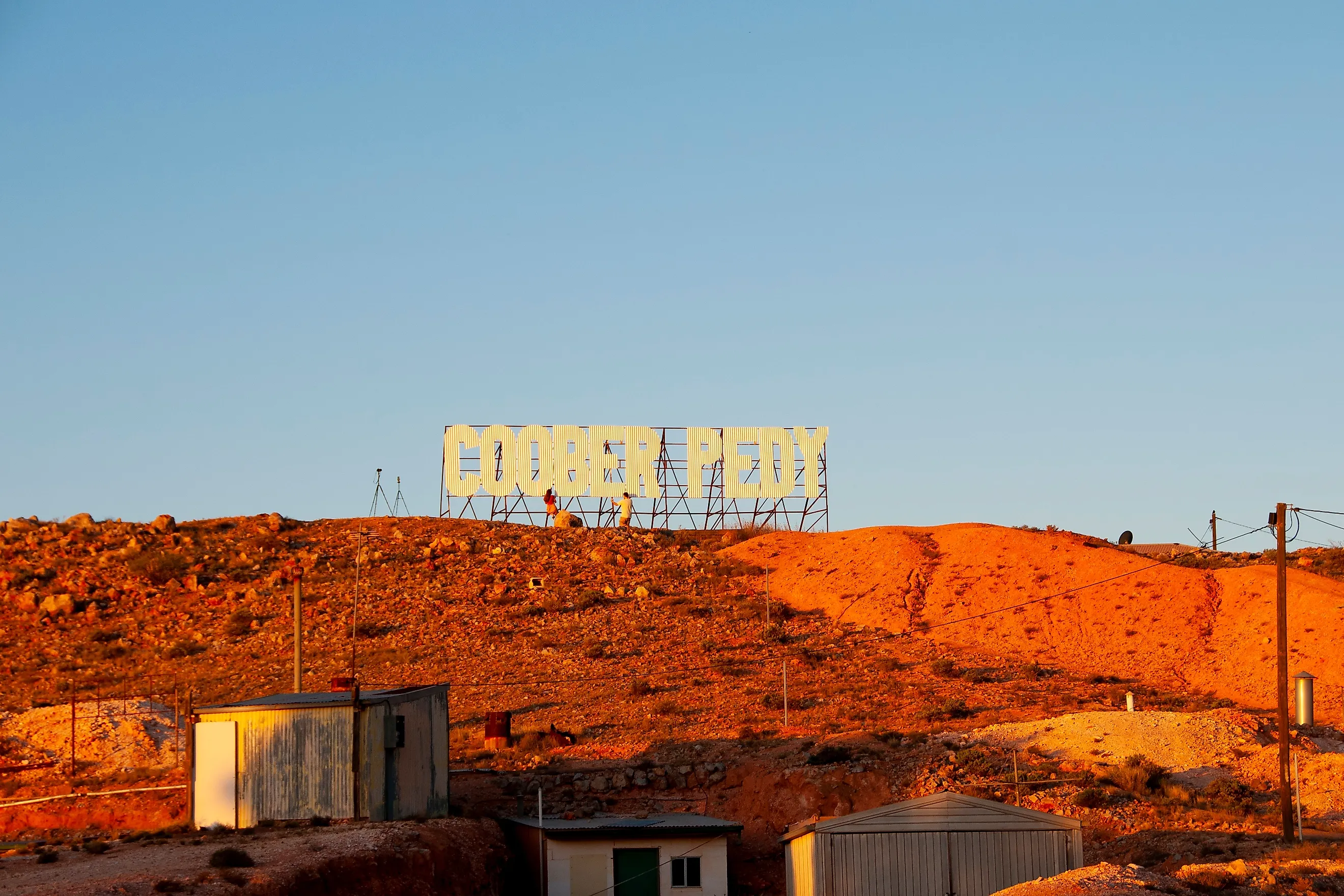
7 Bizarrely Named Towns In South Australia
South Australia is filled with eccentric place names, each reflecting the region’s unique history and creative people. From the underground town named for a mine to the coastal village whose name translates as ‘wallaby urine’, these bizarrely-named towns are packed with fun, adventure, and beautiful Australian scenery. Visit an oyster reef, tour a mine, take a ride in a 19th-century steam train, or do whatever you’re up to in South Australia. You’ll discover that there’s so much more to these towns than their quirky names.
Coffin Bay
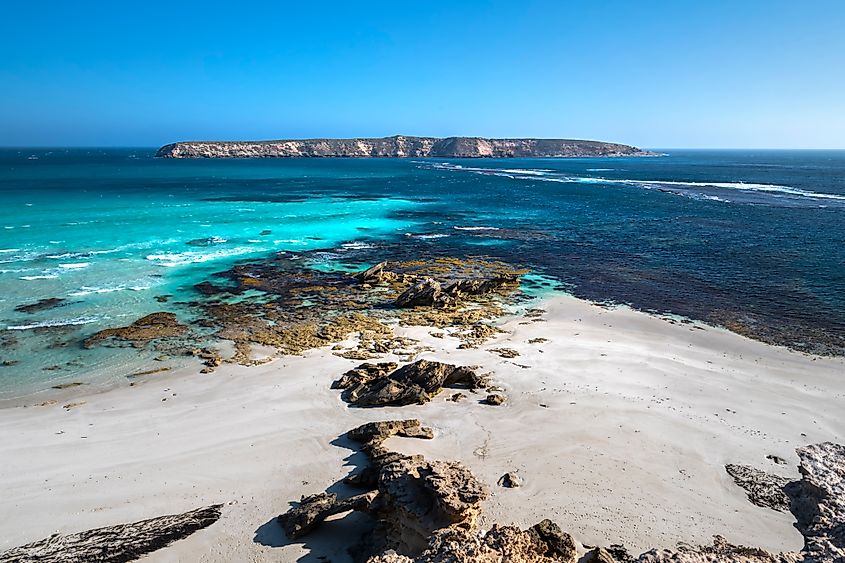
You’d be forgiven for thinking that the ominously-named Coffin Bay is the site of a shipwreck or some other terrible tragedy, but the origin of this pretty town’s name is much more straightforward. The bay was discovered in 1802 by Lieutenant Matthew Flinders, who named it after Admiral Sir Isaac Coffin. At the time, Flinders didn’t go ashore, and the town itself sprang up years later.
Today, Coffin Bay is a seaside village with idyllic sandy beaches and pristine waterways. It’s also the gateway to Coffin Bay National Park, a playground of sandy dunes, coastal cliffs, sheltered bays, and wide beaches. Head for Golden Island Lookout to get the perfect vacation shot and, if you’re lucky, catch a glimpse of dolphins playing in the water. Another highlight of the park is the Lagoon, a hidden pool accessible at low tide where you can snorkel with colorful reef fish.
Coffin Bay is famous for its oysters, so don’t leave town without trying the local delicacy. Oyster HQ boasts the only oyster vending machine in Australia and serves fresh seafood of all kinds from its waterfront deck. Once you’ve snacked on the seafood, explore the underwater marine paradise of Coffin Bay with Cuttys Glass Bottom Boat Tours. The 45-minute Oyster Reef Regen Tour gives visitors a look at a reef restoration project teeming with marine life.
Coober Pedy
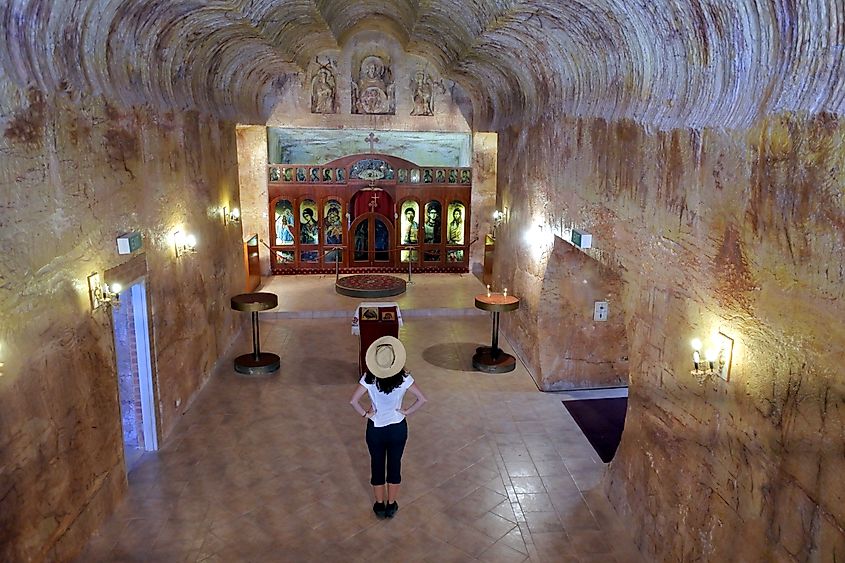
Coober Pedy wasn’t always known as Coober Pedy. Before the town got its unusual name, it was the Stuart Range Opal Field and was building a reputation as ‘the opal capital of the world’ thanks to rich deposits of the precious mineral in the area. In 1920, a mining settlement developed and it needed a name. The town decided on Coober Pedy, an Aboriginal term meaning ‘white man in a hole’.
Located in the heart of the sun-baked desert, much of Coober Pedy is underground to beat the unrelenting summer heat. Over half the town’s residents live underground year-round. Visit the Coober Pedy Visitors Center to book a walking tour of the sights below the earth or pick up a map to plan your own self-guided walk. To get a taste of the mining life for yourself, book a stay at the Underground Motel, the town’s first underground accommodation, and spend the night on a sandstone hill that has gorgeous views of the desert plains.
No visit to Coober Pedy would be complete without seeing how the town got its start. Visit the Umoona Opal Mine and Museum to learn about Aboriginal and European settlers in the area, explore an old miner's house, and take a tour of the town’s original opal mine where you can still see the seam. Pick up a souvenir at the museum’s gift shop or save your shopping for Josephine’s Gallery and Kangaroo Orphanage, where you can purchase a piece of Aboriginal art while meeting some rescued roos.
Streaky Bay
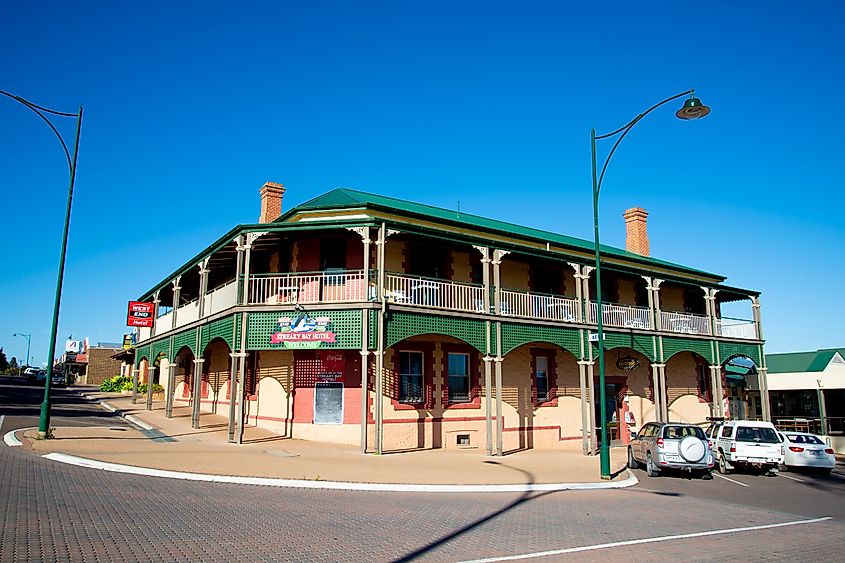
Visit Streaky Bay on a sunny day and you’ll see how the town got its name. Sighted by Lieutenant Flinders on his 1802 expedition around the southern Australian coast, the seafaring explorer noticed how light patterns on the water turned the bay streaky, and the name stuck. More than two centuries later, this vibrant little town still has plenty of natural beauty and scenic sights. Around 25 miles south of town are the Murphy’s Haystacks, one of the most visited attractions on the Eyre Peninsula. These pink granite formations are estimated to be 1,500 million years old and are a dazzling sight at sunset when they’re lit by the sinking sun.
Streaky Bay has a historic town jetty, built between 1891 and 1896. Still a working jetty, it was a popular spot for swimmers until shark sightings made the water too dangerous. Now, there’s a safe and protected area known as Jetty Pool where you can take a dip right on the waterfront. Visit the Streaky Bay National Trust Museum to learn about the area’s history, environment, and industry. Highlights include Aboriginal artifacts, the first passenger vehicle that ran to and from Adelaide in 1938, and printing equipment dating back to 1912.
Balaklava
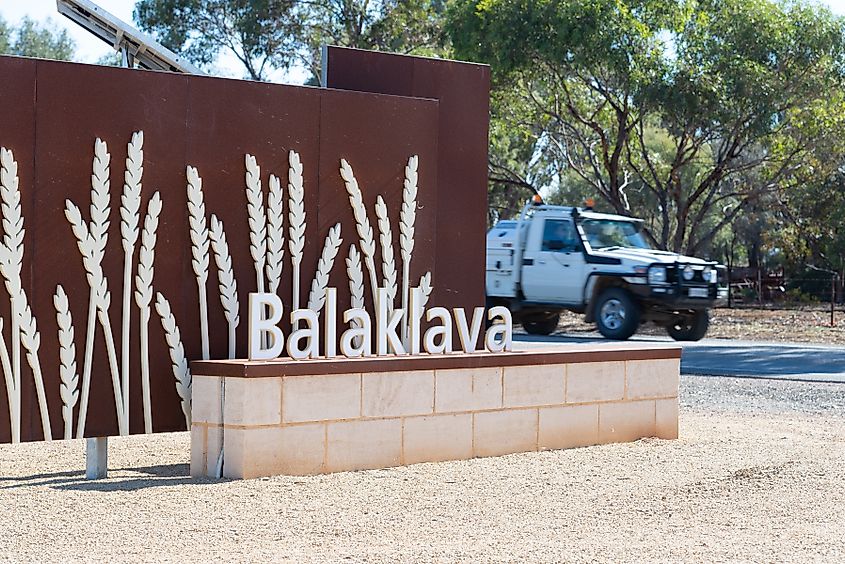
Balaklava in the Clare Valley isn’t named after the piece of winter wear. First surveyed in 1877, the settlement was actually named after the Battle of Balaklava, a key moment in the Crimean War. Located in the Clare Valley, in the heart of South Australia’s wheatbelt, this rural hamlet is known for its distinctive sandstone buildings and long agricultural history. Visit the Balaklava Centenary Hall Folk Museum to browse a fascinating collection of local memorabilia throughout the ages. The museum has two properties, one in town and another at Urlwin Park, where you can view vintage farming equipment and a replica blacksmith’s shop.
Four miles northeast of town is the Devil’s Garden, a popular picnic spot with beautiful shady gum trees. The park contains a monument to the mule teams that used to cart copper ore through the area in the mid-1800s. See more beautiful scenery at The Rocks Reserve, a park on the banks of the Wakefield River where the water has carved out a series of pretty rock pools. There are several walking paths to guide visitors around the pools and by the waterside, but note that the pools can dry up during the summer, so the best time to visit is April to November.
Wallaroo
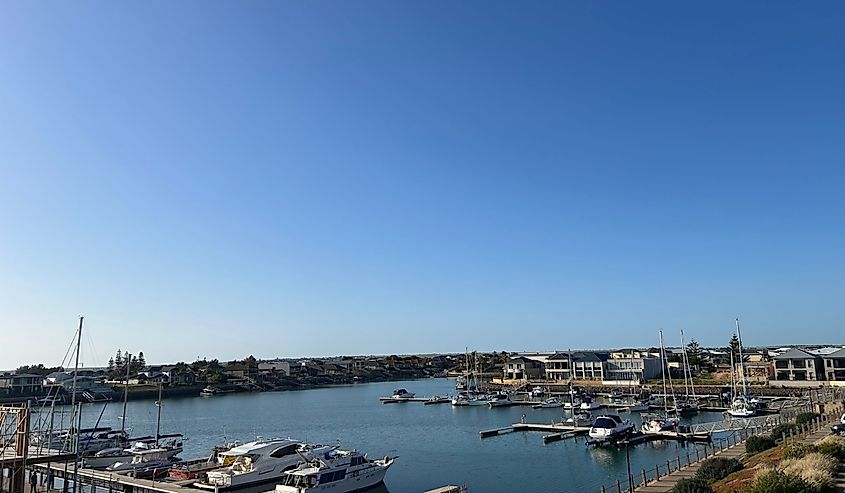
Translated from its original Aboriginal language, Wallaroo means ‘Wallaby urine’. While not the most glamorous name for a town, this waterfront community on the Yorke Peninsula has become a thriving coastal destination for holidaymakers. Soak up the sun and scenery at Office Beach, Wallaroo’s main town beach, just steps from the town’s main thoroughfare. If you’re in the mood for something a little more educational, stop by the Wallaroo Heritage and Nautical Museum to view exhibits on Wallaroo’s copper smelting industry, early pioneers, and nautical history. Near the museum, you’ll see the eye-catching Tipara Lighthouse, originally built in 1877.
The museum is also the starting point for the Wallaroo Town Drive, a scenic byway that passes much of the town’s historical sights, tracking its development since the 1800s. Stops include the Old Post Office, built in 1865, and the Prince Edward Hotel, built in 1864. The drive takes around 1-2 hours to complete and is well sign-posted; you can also pick up a map at the museum.
Quorn
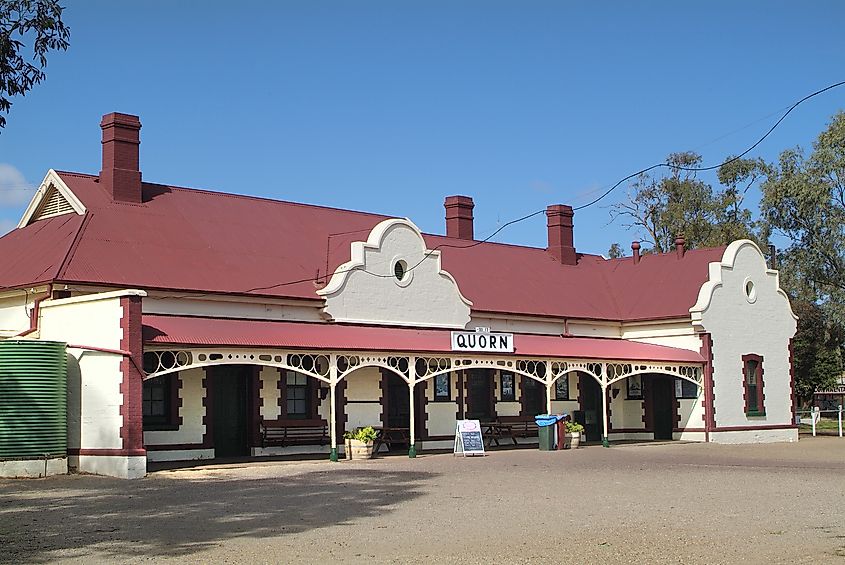
The township that became Quorn was surveyed in 1878 by Godfrey Walsh, who decided to name the settlement after his hometown, Quorndon in England. A quaint and historic town, it’s best seen via the Quorn Heritage Walk. Pick up a map of the route at the Flinders Ranges Visitors Information Centre on Railway Terrace and follow the self-guided stroll around the town’s historic buildings.
For stunning views over the town, head to the Quorn Native Flora Reserve, where you can wander the hiking trails, go birdwatching, or just enjoy the tranquil surroundings. Book a ride on the Pichi Richi Railway to travel in style through the stunning scenery of the Flinders Ranges. This restored steam engine offers two-hour return trips between Quorn and Woolshed Flat and a ‘Sundowner Explorer’ experience, which runs from March to November and takes passengers through the ranges at sunset.
Oodnadatta
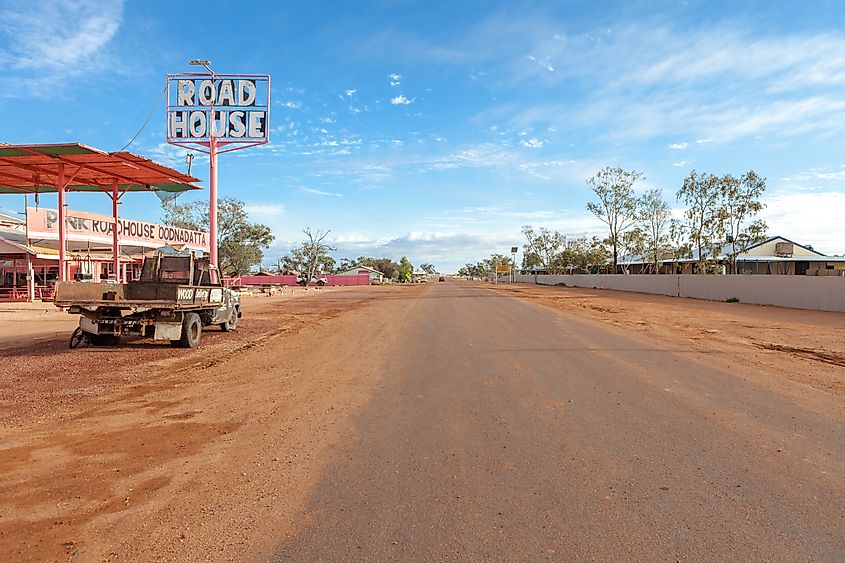
There are two theories on how the remote outback town of Oodnadatta got its name. Some sources state it comes from the Aboriginal word ‘utnadata’, meaning "yellow blossom of the mulga tree. Others claim it’s derived from the word ‘coodnadatta’, which means ‘dead man’s poo’. Whichever explanation is correct, the name isn’t one you’ll forget in a hurry. And neither is the town, which is known for the iconic Oodnadatta Track, one of the best-known outback roads in South Australia. The track follows an ancient Aboriginal trading route and the former Old Ghan Railway Line.
A popular rest stop for truck travellers, the Pink Roadhouse in Oodnadatta is a great place to meet the locals, stop for the night at the campgrounds, and grab a snack. Try their legendary Oodnadatta burgers or get brave and taste their local kangaroo or camel sausages and steaks. Once you’ve fueled up, head for the nearby Oodnadatta Railway Station Museum, site of a former stop along the Old Ghan Railway line. Inside the museum, visitors can enjoy a glimpse through the centuries, browsing the collection of photos, artifacts, and vintage equipment.
Bizarre Names, One of a Kind Adventures
From the rugged Indian Ocean coastline in the south to the red dusty deserts of the north, the territory of South Australia is an explorer’s dream. While most visitors flock to the capital city of Adelaide, it’s fun to get off the beaten track and see the real Australia in its offbeat and interesting small towns. These curious communities have a wealth of history, heritage, and culture in their sunny streets. They also offer something for everyone, whether you’re looking for a relaxing, beachy vacation, an ecotourism experience, or a trip into the past. Make time to visit these bizarrely-named towns and discover the true flavor of life down under.
